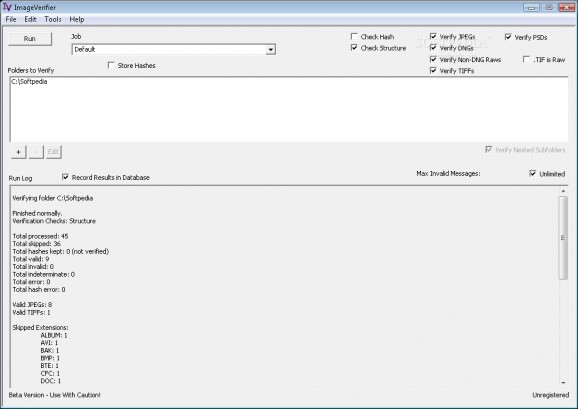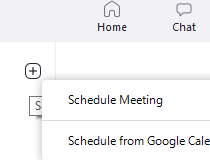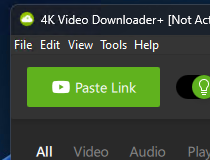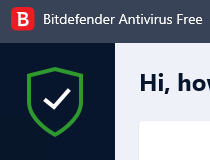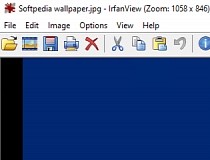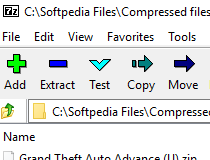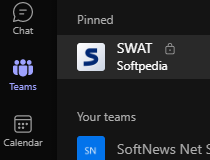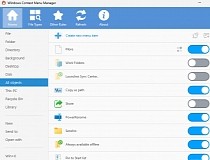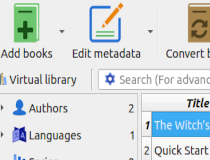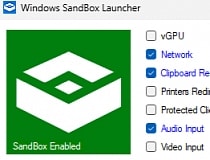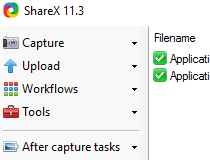This software will help you analyze your image file in order to locate errors that you could not find.. #Create gallery #Gallery creator #Web gallery #Gallery #Album #Slideshow
ImageVerifier (IV for short) traverses a hierarchy of folders looking for image files to verify. It can verify TIFFs, JPEGs. PSDs, DNGs, and non-DNG raws (e.g., NEF, CR2).
IV is designed to process large numbers of images. Folder hierarchies with 100,000 images or more should be no problem. In one test run, IV ran for 14 hours.
There are two kinds of verification that IV performs: Structure checking and hash checking.
All structure verification other than for non-DNG raws is built-in; for DNGs IV uses Adobe's DNG SDK directly. JPEGs and TIFFs are verified using built-in libraries as well. PSDs are validated using a method designed specifically for ImageVerifier that follows Adobe documentation for the PSD format. Non-DNG raws (e.g., NEFs) are verified by running them through Adobe DNG Converter.
For all image files, structure checking is performed by reading the actual image data, decompressing as necessary. This can find many errors, but not all, as some errors are indistinguishable for image data.
The real work is done by subprocesses, so IV can take advantage of multiple CPU (or multiple core) computers. For example, if you have 4 CPUs, ImageVerfier should be capable of fully loading all of them at once.
For each verification run, called a job, you can choose the folders, whether to process subfolders or just the top level, what kinds of images to process (TIFF, JPEG, PSD, DNG, and/or non-DNG raw), the maximum number of errors to report, and whether to store the results in a built-in database.
Structure checking is verifying the image file by reading through its various structures and decompressing any compressed image data, looking for errors. This can be effective in finding damage if the damage is large and/or the image is compressed. For highly compressed images like JPEGs, damage detection is very good. It's not so good for uncompressed raws, such as the DNGs that come straight from a Leica M8. It's better for compressed DNGs, but not as good as it is for JPEGs.
Another approach entirely is hash checking, which is maintaining for each image known to be good a fixed-length hash computed from all the bytes in the file so that it's unlikely that two different files will produce the same hash. (Not impossible, since the hash is of fixed length and the number of possible image files is infinite.) If the two files are the good one and a copy (or even the original) that's been damaged, then comparing hashes of the two files will show that the files are not the same.
Comparing the actual files is even better, but in the case of a single file that's been damaged you don't have two files. All you have is the damaged file and the hash from when it used to be good. Also, reading one file to compute its hash takes half as long as reading two files.
The nice thing about structure checking is that no bookkeeping is involved-each file stands on its own. Hash checking, however, does create complications because you need to put the hash somewhere, and you need a way of associating the image with its hash. This is easy for a DAM system that controls all the assets, but much harder with a passive utility like ImageVerifier.
Putting the hash inside the file is one approach, but this has two problems: It's safe only for certain formats for which it's allowed, such as DNG, and it requires IV to write into the file, which I don't want to do because it raises the possibility of damage to the file during verification and because many photographers don't want to use any utilities that write into their files.
Here's the scheme that IV uses: For each file, a key is generated that's rich enough so that two different images won't have the same key. The key is the concatenation of the filename (not the path, just the last component), the size, the modification date/time of the file, the EXIF DateTimeDigitized, the EXIF SubSecTimeDigitized, and the EXIF DateTimeOriginal (also called plain DateTime).
It's still possible for two different images to have identical keys, but the worse that will happen in that case is that IV will erroneously say that they are different, and then later you can determine that they are not.
Limitations in the unregistered version
- Can analyze up to 50 files per run
What's new in ImageVerifier 1.3.01 Beta:
- handles newer DNG images
ImageVerifier 1.3.01 Beta
add to watchlist add to download basket send us an update REPORT- runs on:
-
Windows 7
Windows Vista
Windows XP - file size:
- 1.9 MB
- filename:
- ImageVerifier-1.3.01.msi
- main category:
- Multimedia
- developer:
- visit homepage
Zoom Client
4k Video Downloader
Bitdefender Antivirus Free
IrfanView
7-Zip
Microsoft Teams
Context Menu Manager
calibre
Windows Sandbox Launcher
ShareX
- calibre
- Windows Sandbox Launcher
- ShareX
- Zoom Client
- 4k Video Downloader
- Bitdefender Antivirus Free
- IrfanView
- 7-Zip
- Microsoft Teams
- Context Menu Manager
